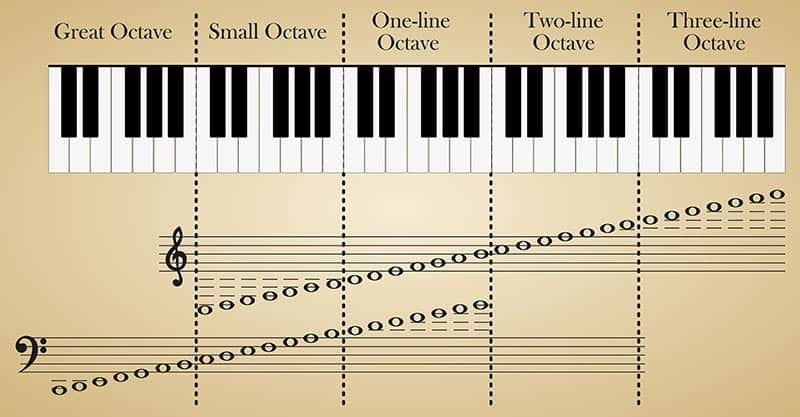I am more based in art and music but your question makes me try to understand why the Cs did not include the heptagon in their answers.
Thank you, your answer reminded me of the following segment from Ra:Maybe regular heptagons were not included because they lie outside the "sphere" of influence the other dimensions? They are more asymmetrical in an artistic sense and are closer to a 7th density symbolism? (Just wondering since you asked).
So if every density is subdivided 7 times recursively, there must be a division by 7 somewhere!16.51 Questioner: Could you define the word density as we have been using it to give us a little greater idea of the concept of this term when used by you?
Ra: I am Ra. The term density is a, what you would call, mathematical one. The closest analogy is that of music, whereby after seven notes on your western type of scale, if you will, the eighth note begins a new octave. Within your great octave of existence which we share with you, there are seven octaves or densities. Within each density there are seven sub-densities. Within each sub-density, seven sub-sub-densities, and so on infinitely.
0 modulo 7 = 0In mathematics, modular arithmetic is a system of arithmetic for integers, where numbers "wrap around" when reaching a certain value, called the modulus. The modern approach to modular arithmetic was developed by Carl Friedrich Gauss in his book Disquisitiones Arithmeticae, published in 1801.
1 modulo 7 = 1
2 modulo 7 = 2
3 modulo 7 = 3
4 modulo 7 = 4
5 modulo 7 = 5
6 modulo 7 = 7
7 modulo 7 = 0
8 modulo 7 = 1
9 modulo 7 = 2
10 modulo 7 = 3
...and so on.
The remainder is always 0, 1, 2, 3, 4, 5, or 6.
Since zero can be considered as "infinity," maybe the heptagon wasn't mentioned because you would "get back reality by dividing by reality." The other regular polygons (pentagon (remainder=5), hexagon (remainder=6), and octagon (remainder=1)) would give back a remainder, thus generating a 'useful' imbalance in terms of knowledge application.Q: (L) Just reverse everything. Light is gravity. Optics are atomic particles, matter is anti-matter... just reverse everything to understand the next level... it can't be that easy. (J) Wait a second: gravity equals light, atomic particles equals optics, anti-matter equals matter? It is all about balance. (L) And the answer must always be zero.
A: And zero is infinity.



